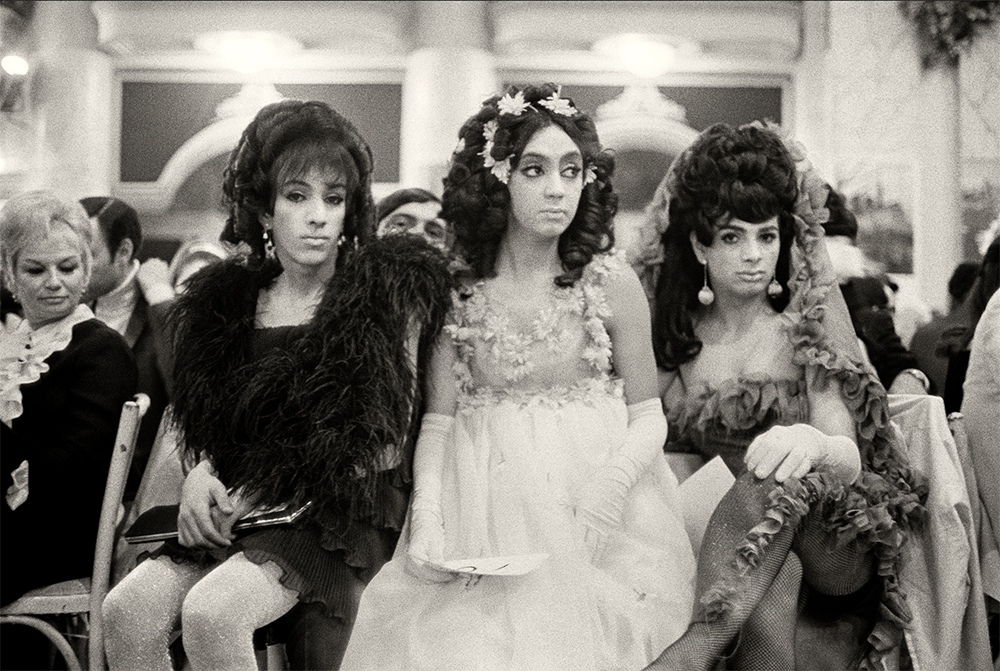
2 May – 1 September 2024
The Ukrainian Museum is excited to present the exhibition Peter Hujar: Rialto, opening on 2 May 2024. Peter Hujar (1934-1987) exemplified the downtown New York arts scene. He was born to an immigrant family, and his Ukrainian grandmother raised him exclusively in the Ukrainian language until he was 5 years old. His difficult and unstable upbringing in a troubled household influenced his artistry and vision significantly as Hujar turned to a career in photography. He learned from some of the greatest photographers in the industry, and his training, paired with his identity and background, resulted in the powerfully disruptive and influential photographs that he created in the early years of his career. He would later plant his roots in the heart of New York City’s East Village, also known as the Ukrainian Village, where he would be enthralled by the world of performance art, music, theatre, and literature.
The life and art of Peter Hujar were synonymous with a downtown New York that no longer exists. From the 1960s through the 1980s, the East Village was an urban buffet of creativity and danger, yet always vibrant and inexpensive. Private by nature, combative in manner, well-read, and widely connected, Hujar inhabited a world of the known and unknown. This exhibition at the Ukrainian Museum will feature 75 of Hujar’s earliest photographs – from 1955 until 1969. Portraits, country landscapes, and city life will be the focus of the exhibition. Yet, three important vectors or series that appeared in his work during this period will also be highlighted in-depth for the first time: the Southbury (1957), the Florence (1958), and the Capuchin Catacombs of Palermo (1963). Hujar’s Southbury, Connecticut, work focuses on his visit to the Southbury Training School for mentally challenged students, which still operates today. The Florence photographs were taken during one of Hujar’s trips to Italy and feature neurologically impaired children. The Capuchin Catacombs series documents another of Hujar’s trips, this one to Sicily, where the exposed corpses in the Catacombs create a macabre spectacle that highlights some of the customs and traditions of Palermo society from the seventeenth to the nineteenth century.
In his Ukrainian Village loft studio, near various iconic Ukrainian establishments such as the restaurant Veselka and the Ukrainian Museum, Peter Hujar focused on those who followed their creative instincts and dreamed about mainstream success. His studio in the former Louis N. Jaffe Art Theatre (now the Village East Cinema) was a meeting point (rialto) for the original and flamboyant. These earliest Peter Hujar photographs are a little-known prequel to his widely discussed and influential work as one of New York’s seminal photographers.
